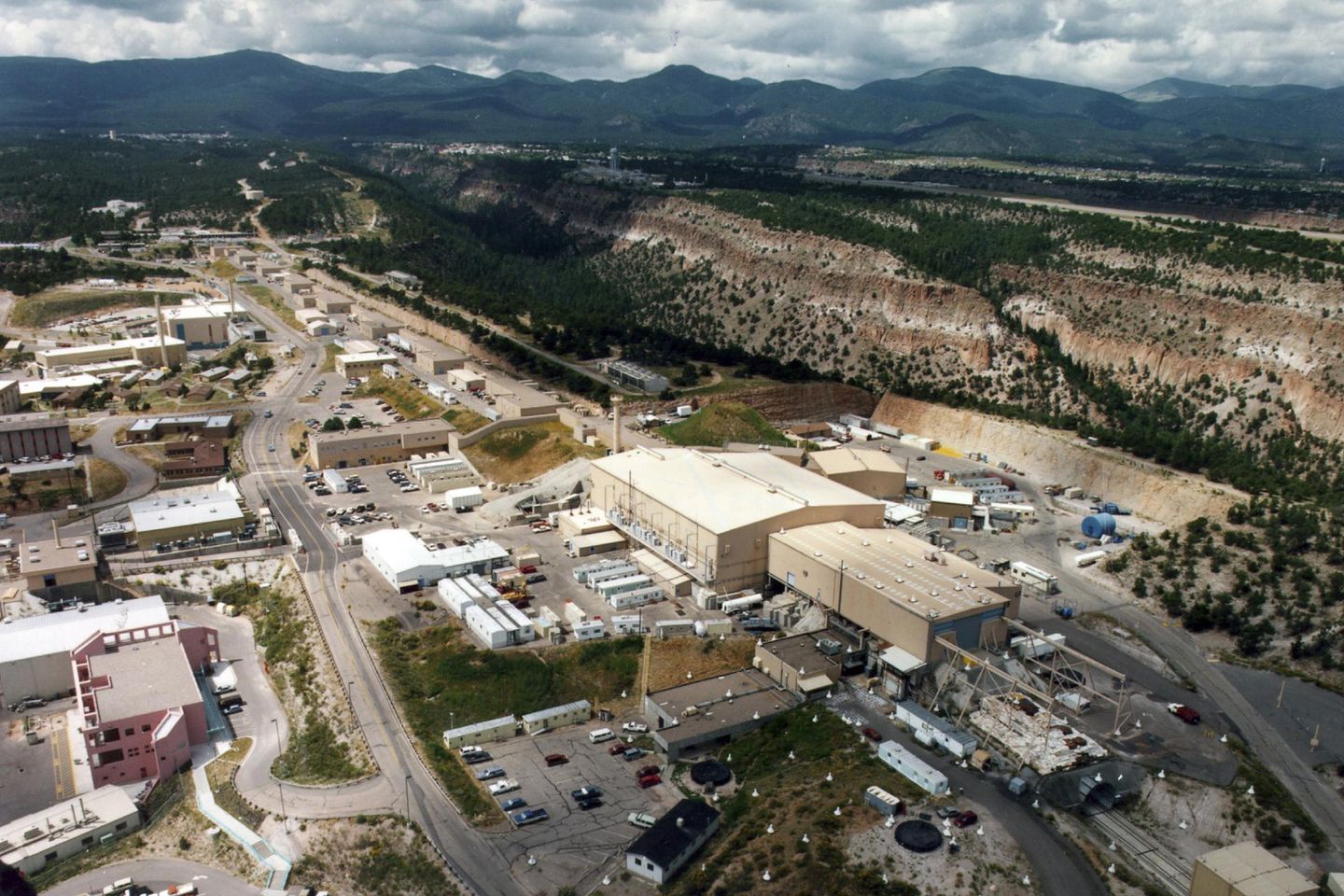

The Chinese government targeted scientists at the Los Alamos nuclear laboratory for recruitment, with more than 160 researchers returning to China over more than three decades to help nuclear and other advanced weapons programs there, according to a new report by a private security and intelligence firm.
According to the report released Thursday by Strider Technologies, between 1987 and 2021, an estimated 162 scientists who once worked at Los Alamos returned home to China and took part in a variety of domestic research and development programs.
“Former Los Alamos scientists have made, and continue to make, considerable contributions to the PRC hypersonic, missile and submarine programs that present an array of security risks for the United States and the entire free world,” says the 32-page report, “The Los Alamos Club: How the People’s Republic of China Recruited Leading Scientists from Los Alamos National Laboratory to Advance Its Military Programs.”
“Our research shows the PRC has seen a significant return on their investment with advances in critical military technologies. Now, more than ever, it is a national security imperative for the U.S. and our allies to identify and protect leading talent in both the public and private sectors,” said Greg Levesque, CEO and co-founder of Strider.
A total of 15 of the scientists were staff members at the Energy Department laboratory in New Mexico that designs nuclear weapons. Thirteen were recruited as part of Chinese government “talent” programs that hired overseas experts.
China’s program is called the Talent Superpower Strategy Program and is similar to Beijing’s Thousand Talents program.
SEE ALSO: North Korea denies U.S. reports it is selling arms to Russia
The Justice Department since 2018 prosecuted about a dozen U.S. academics recruited under the Thousand Talents program for hiding Chinese funding and other connections to Beijing.
At least one of the returning scientists in “the Los Alamos Club” held a top-secret Q clearance granted to those with access to nuclear secrets.
A spokeswoman for Los Alamos referred questions to the National Nuclear Security Administration, which did not immediately respond to a request for comment. A spokesman for National Counterintelligence and Security Center declined to comment.
Asked about the report, the Energy Department said in a statement that national security requires “fierce protection of critical technology.”
Based on growing research security threats, the department stepped up security, including in-depth vetting of officials, counterintelligence reviews and restrictions on foreign talent programs, the statement said.
“We are committed to protecting and promoting our scientific ecosystem, technological competitiveness and national security,” the statement said.
According to the Strider study, the program began in the 1980s and involved sending young Chinese to the United States for study. It evolved into a coordinated program to recruit them and others and use their knowledge and expertise for China’s military and civilian development.
China’s government adopted a program known as “military-civilian fusion” that seeks to build up military capabilities with civilian knowledge.
Key technologies
The Strider report outlines several key technologies the authors say were developed by former Los Alamos scientists.
One scientist, Chen Shiyi, worked at Los Alamos in the 1990s and later headed the Southern University of Science and Technology where he helped recruit other scientists with experience at Los Alamos.
Mr. Chen is an expert in fluid dynamics and worked on developing China’s hypersonic missiles. China recently disclosed it has deployed a hypersonic missile called the DF-17 that can travel greater than five times the speed of sound, enough to evade U.S. missile defenses.
One of Mr. Chen’s recruits was Zhao Yusheng, a former 18-year employee of Los Alamos who was paid $19.8 million in U.S. government grants for his research, the report said. Mr. Zhao conducted sensitive research on deep-earth penetrating warheads, key weapons needed to attack hardened targets such as underground command bunkers.
At Los Alamos, Mr. Zhao worked with a researcher who filed a patent on similar penetrating-bomb technology upon returning to China. The researcher currently works at the Chinese Academy of Engineering Physics, a major nuclear weapons research and development and production facility.
Another former Los Alamos scientist, He Guowei, helped China develop quieter submarines capable of evading detection.
China has a major program to build large numbers of nuclear and conventional submarines. Navy officials have said China’s submarines have grown quieter and thus harder to track in recent years.
Mr. He worked closely with Mr. Chen in the late 1990s and, after moving to China, worked at the Chinese Academy of Sciences’ Institute of Mechanics helping develop computer models that predict turbulence generated by submarines, a key element in developing submarine quieting technology.
Mr. Chen in 2016 recruited Shan Xiaowen, who worked at Los Alamos from 1991 to 1998. In China, Mr. Shan worked at the Southern University’s Department of Mechanics and Aerospace Engineering.
“In 2019, Dr. Shan became head of the [the university’s] Intelligent Aviation R&D Center, which focuses on unmanned aerial vehicle (UAV) technologies,” the report said. “Under Shan’s leadership, the center produced a prototype Vertical Take-Off and Landing (VTOL) UAV with both civil and military applications.”
China’s efforts to recruit high-level U.S. scientists was highlighted by the 1999 case against Wen Ho Lee, a Los Alamos nuclear weapons designer who was convicted of illegally removing top-secret computer simulations of nuclear tests from the lab.
Lee was suspected of collaborating with Chinese nuclear weapons officials, and U.S. counterintelligence officials believe the Chinese eventually recruited him but were unable to prove the case in court.
During the Clinton administration, the Energy Department launched a program of exchanges between U.S. and Chinese nuclear scientists that critics say Beijing was able to exploit to advance its nuclear arms program.
The CIA later determined that during the period of the exchanges China obtained nuclear secrets on every deployed U.S. warhead, including the W-88, the advanced small warhead deployed on submarine-launched missiles.
